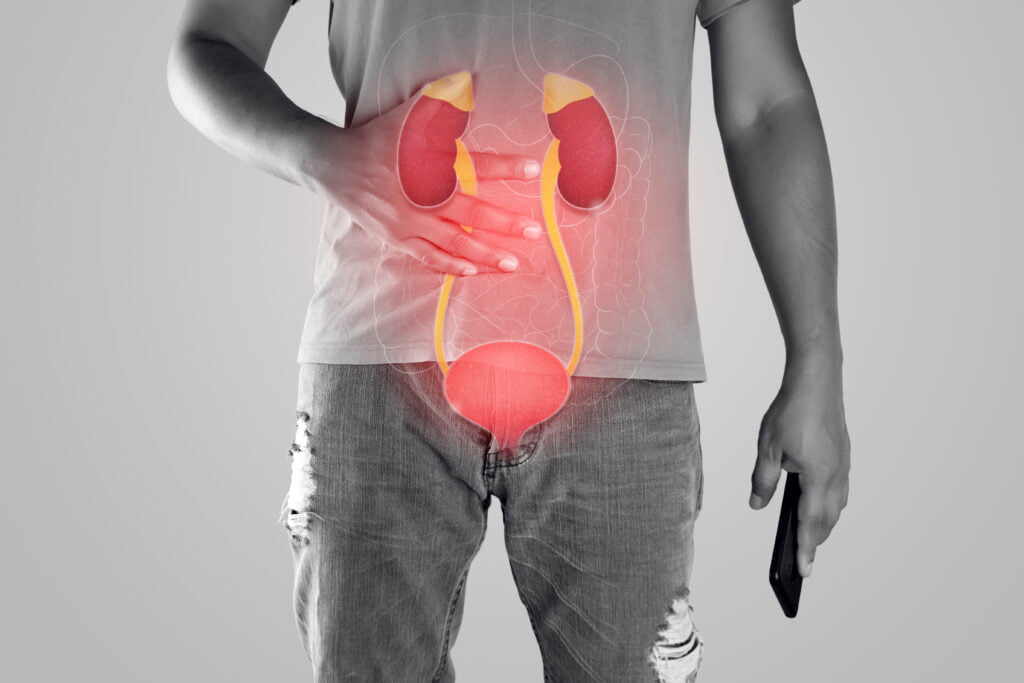How to Prevent Polycystic Kidney Disease
Clusters of cysts develop primarily within your kidneys as a result of polycystic kidney disease (PKD), an inherited disorder that over time causes your kidneys to enlarge and become less functional. Cysts are fluid-filled, spherical, non-cancerous sacs. The cysts can become very large and come in a variety of sizes. Your kidneys can become harmed if you have a lot of cysts.
The severity of PKD varies greatly, and some complications can be avoided. Treatments and a change in lifestyle may be able to lessen complications harm to your kidneys. Here we will see the signs and symptoms of PKD, the causes of PKD, and how to prevent PKD with simple lifestyle changes.

About Polycystic Kidney Disease (PKD)
A genetic condition known as polycystic kidney disease (PKD) results in the development of numerous fluid-filled cysts in the kidneys. PKD cysts can alter the shape of your kidneys, such as making them much larger, unlike the typically benign simple kidney cysts that can develop in the kidneys later in life. In addition to reducing kidney function and potentially resulting in kidney failure, PKD is a type of chronic kidney disease (CKD). PKD can also result in other issues, such as high blood pressure, liver cysts, and issues with the blood vessels in your brain and heart.
What are the types of Polycystic Kidney Disease (PKD)
The two primary PKD subtypes are:
- Autosomal dominant polycystic kidney disease (ADPKD), is typically diagnosed in adulthood.
- Autosomal recessive PKD (ARPKD), can be detected in the womb or soon after a baby is born.
Who is more likely to have Polycystic Kidney Disease (PKD)
Everywhere in the world, PKD affects people of all ages, races, and ethnicities. The disorder affects both men and women equally.
How common is Polycystic Kidney Disease (PKD)
One of the most prevalent genetic disorders is PKD. One in 400 to 1,000 people worldwide have ADPKD, and one in 20,000 children have ARPKD.
Symptoms of polycystic kidney disease include:
- Headache
- Kidney stones
- Kidney failure
- Back or side pain
- Blood in the urine
- Fullness in the abdomen
- Enlarged abdomen from enlarged kidneys
- Urinary tract or kidney infections
You may consult the doctor if you are also experiencing these symptoms.
What causes Polycystic Kidney Disease (PKD)
- The disease typically runs in families because polycystic kidney disease is brought on by abnormal genes.
- Occasionally, a gene will mutate spontaneously (on its own), so none of the parents have an altered gene.
How to prevent Polycystic Kidney Disease (PKD)
There is still no cure for PKD, according to researchers. However, issues with PKD brought on by high blood pressure, like kidney damage, might be slowed down. The sooner you or your child is diagnosed with PKD, the sooner you can take steps to prevent it from getting worse. If you or your child is at risk for PKD, getting tested can help you take quick action. Moreover, you can follow the below-mentioned lifestyle changes to prevent PKD.
Try to be Active
- You can lower your blood pressure, manage your weight, and control your stress levels by engaging in regular physical activity.
- Ask your doctor how much and what kind of physical activity is best for you if you are not currently active.
- A medical professional should conduct a magnetic resonance imaging (MRI) test to determine whether contact sports, such as football or hockey, are safe
for you.
Try to Quit Smoking
- Smoking cigarettes can increase blood pressure, which will exacerbate kidney damage.
- Quitting smoking may help you achieve your blood pressure goals, which is good for your kidneys and may reduce your risk of suffering a heart attack or stroke.
- For those with polycystic kidney disease (PKD) who have aneurysms (a bulge in a blood vessels wall), quitting smoking is even more important.
Be Careful What You Eat and Drink
- To help regulate your blood pressure and safeguard your kidneys, you might need to make changes to what you eat and drink.
- The best way to learn which foods and beverages to include in your healthy eating plan and which ones may be harmful is to consult a dietitian if you have any type of kidney disease, including PKD.
- By maintaining proper hydration maintaining proper hydration, PKD patients may be able to delay the onset of kidney failure. Additionally, having extra weight puts more strain on your kidneys. Your kidneys stay more healthy losing weight.
Take Blood Pressure Medicines
- A healthcare professional may recommend one or more blood pressure medications if lifestyle and dietary changes are ineffective in lowering your blood pressure.
- Angiotensin-converting enzyme (ACE) inhibitors and angiotensin receptor blockers (ARBs) are two classes of blood pressure medications that have been shown to slow the progression of kidney disease and prevent kidney failure.
Take 7 to 8 Hours of Sleep Each Night
Your physical and mental health overall depends on getting enough sleep, which can also help you control your blood pressure and blood glucose, or blood sugar. So, try to take 7- 8 hours of sleep in 24 hours.
Reduce Stress
- Stress over a long period of time can increase blood pressure and even cause depression.
- Some of the actions you take to manage your PKD are also beneficial stress-reduction techniques.
- For instance, getting enough rest and exercise can help to lower stress.
Consult a Urologist
People frequently go years without realizing they have polycystic kidney disease. Consult your doctor if you experience any polycystic kidney disease symptoms.
They may tell you about screening for polycystic kidney disease if you have a first- degree relative who has this condition. So, book an appointment with the best
urologist right now.






